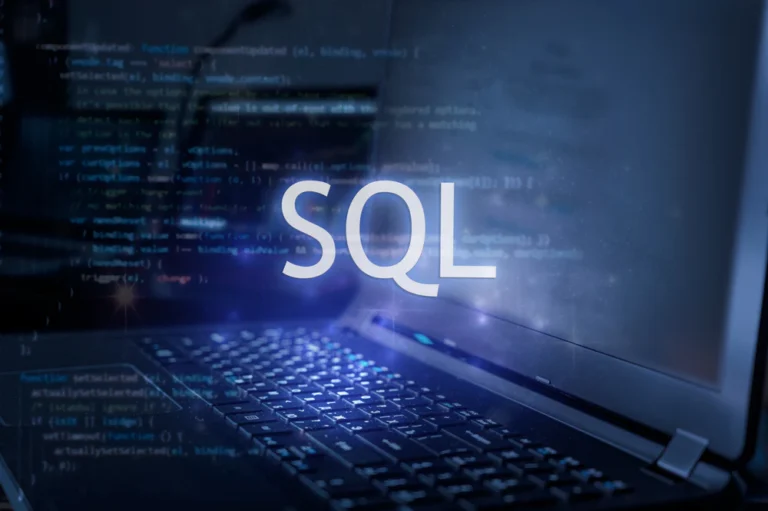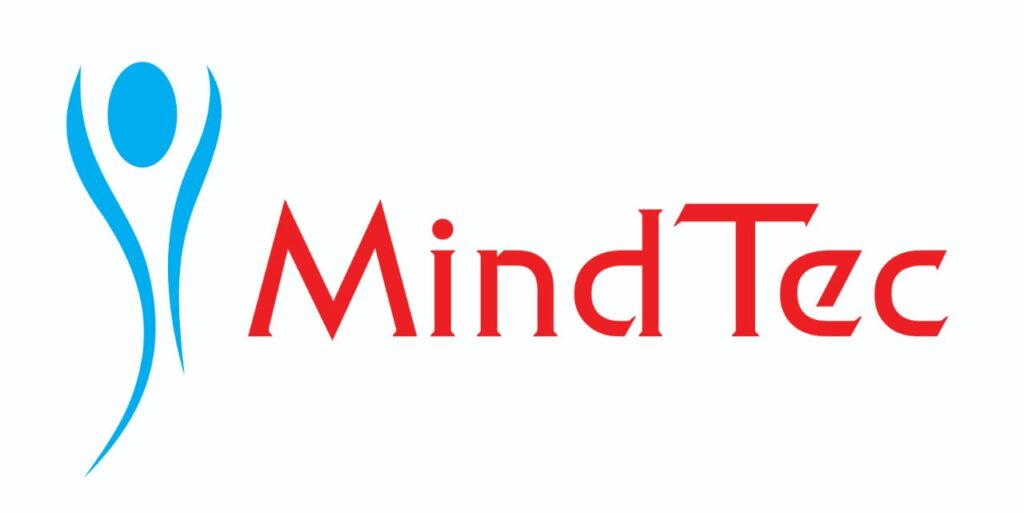
SQL Server Syllabus
Overview:Microsoft SQL Server is one the most popular Relational Database Management System (RDBMS) used in
Microsoft universe. It can be used for data storage as well as for data retrieval for applications which can be
either on desktop or Web/Browse.
Course Objectives: Learn about SQL – Structured Query Language
Build database using Data Definition Language Statements Perform basic CRUD operations using Data
Manipulation Language statements like Insert, Update and Delete Write and call Stored Procedures
and Functions stored in database.
Write and manage database triggers, cursors and Index.
Pre-requisite / Target Audience:
This sql server course can be taken by any beginner who wants to build career in Information Technology. The
subscriber needs to have working knowledge of Windows Operating System.
Module 1:- Introduction to Basic Database Concepts
In this module we learn about Basic concepts and advantages of DBMS and limitations of file management
system, and also about 3 data base models
What is Data, Field, Record and database?
Limitations of File Management System.
Basic Concepts of Advantages of DBMS.
Exploring Relational DBMS
Understanding Client and Server
Module 2: E-R Modeling and Diagram
In this module we learn about entity, attributes and relationship, identify the entities and attributes How todraw
a E-R diagram and translating the E-R diagram in relation schema.
Analyzing the Requirement
Identify Entities and their Relationships
Drawing E-R Diagram
Conversion of E.R. Diagramsinto Tables
Module 3:Normalization
In this module we learn about what is normalization, types of normalization, data before and after
normalization, benefits of normalization.
First Normal Form
Second Normal Form
Third Normal Form Practically Normalizing Tables
Module 4: Introduction to SQL Server
In this module we learn about SQL Server, history of SQL server, types of system databases, communication
between frontend and backend and sql server editions.
What is SQL Server Version history and different editions
Basic Features Components and Tools
Starting and Stopping SQL Server Instances / Services
Introduction to Management Studio
Types of System Databasesin SQL
Module 5: Introduction to SQL
In this module we learn about types of sql statements, databases in sql server, how to create a
database,datatypes in sql server, and about DDL Statements.
Basics of SQL Types of SQL Statements
DDL, DML, DQL, DCL and TCL
Create Database using Management Studio
Datatypesin SQL Server
Exploring DDL Statements on Table using Management Studio
Module 6: DDL and DML Statements
In this module we learn about how to create a table, alter and drop a table, and about DML statements, like
insert update and delete statements.
Why write statements in Frontends?
Create, Alter and Drop Table Insert,
Update and Delete Statement Truncate Statement
Module 7: Working with Queries(DQL)
In this module we learn about select statement, top, distinct string and arithmetic expressions,
Sorting the data and about sub queries and where clause(condition).
Understanding Select Statement
Usage of Top, Distinct, Null etc… keywords
Using String and Arithmetic Expressions
Exploring Where Clause with Operators
Using Advanced Operators
Sorting data using Order By clause
Working with basic of Sub Queries
Module 8: Aggregate Functions
In this module we learn about how to use aggregate functions like sum, mean, max, avg what is
differencebetween having and where clause, group by clause rollup and cube operator.
Using functions in Queries
Count, Sum, Min, Max, Avg Group by and Having Clause
Using Group by with Rollup and Cube
Module 9: Joins and Set Operations
In this module we will know about joins and types of joins how to join the tables and about
Sub queries, types of operators like union, intersect and except and how to add the tables and relationship
between them.
Introduction to Joins Cross Joins
Inner Join
Outer Join
Self Join
Co-related Sub Queries
Set Operations using Unions, Intersect and Except
Module 10: Implementation of Data integrity
In this module, we will learn correctness of data and types of integrity and types of constraints.
Entity integrity
Domain integrity
Referential integrity
Types of constraints
Module 11: Working with Constraints
In this module, we will learn about how to create a constraint, types of constraints, and difference between
unique, not null and primary key constraints.
Unique
Not NULL
Primary Key
Default Check Foreign Key
Module 12: Implementing Views
In this module, how to create a view, advantages of views, altering and dropping a view
and advanced options while creating a view.
Introduction & Advantages of Views
Creating, Altering, Dropping Views
Advance Options while Creating a View
SQL Server Catalogue Views
Module 13: Data Control language (DCL)
In this module, we will learn how to grant permission and revoking of roles.
Creating Users & Roles
Granting & Revoking of Roles & privileges
Managing using Management Studio
Module 14: Working with Indexes
In this module, how to create an index, advantages and disadvantages of index, and types of indexes and
droppingindex, and also about index structure.
Introduction Clustered and Non-Clustered Index
Creating and Dropping Indexes
Module 15: Writing Transact-SQL (T-SQL)
In this module, what is script and what is batches, variables and if else statements and working with temporary
tables, and checking with the existence of database objects.
What is T-SQL?
Scripts and Batches Declaring Variables
Using Statements
Working with Temp tables
Error Handling
Using System Functions / Global Variables Using Dynamic SQL
Module 16: Working with Stored Procedures and Functions
In this module, we will learn how to create a stored procedure and difference between stored procedure and
table ,advantages of procedures and about types of parameters.
Introduction to stored procedures
Benefits of Stored Procedures
Creating, Executing Modifying, Dropping
Input–Output and Optional Parameters
System defined SP’s and Functions.
User defined Functions
Module 17: Implementing Triggers
In this module, we will learn about what is trigger and how to create a trigger, types of triggers
How to use a rollback, Tran.
Introduction to triggers
Constraints vs Triggers
Creating, Altering, Dropping triggers
for/after/instead of triggers
Using Rollback Tran
Module 18: Working with Cursors
In this module, how to create a cursor, what is cursor, types of cursor and benefits of cursor.
Creating Cursors
Cursors vs. Select
Types of cursors
Locks on cursors
Advantages of cursors
Module 19: Transaction Control Language (TCL)
In this module, we will learn what is transaction, transaction management and what are acid properties, what
are isolation levels and about implicit and explicit transactions.
Introduction Transactions process
Types of transactions (Implicit, explicit)
Working with Locks, Types of locks
Module 20: Backup and Restore
In this module, how to backup database and how to restore a database and how to generate a sql script, and
executing a sql script and how to attach and detach a database.
Generating SQL Script
Executing SQL Script
Generating Change Script
Taking database Backup
Restoring database using backup
Attaching and detaching of database
Module 21: Advance Features
In this module we will learn about ranking functions and about how to use xml datatype.
Pivot Table
Common Table Expression
Ranking Functions Using BLOB data type
Using XML data type
